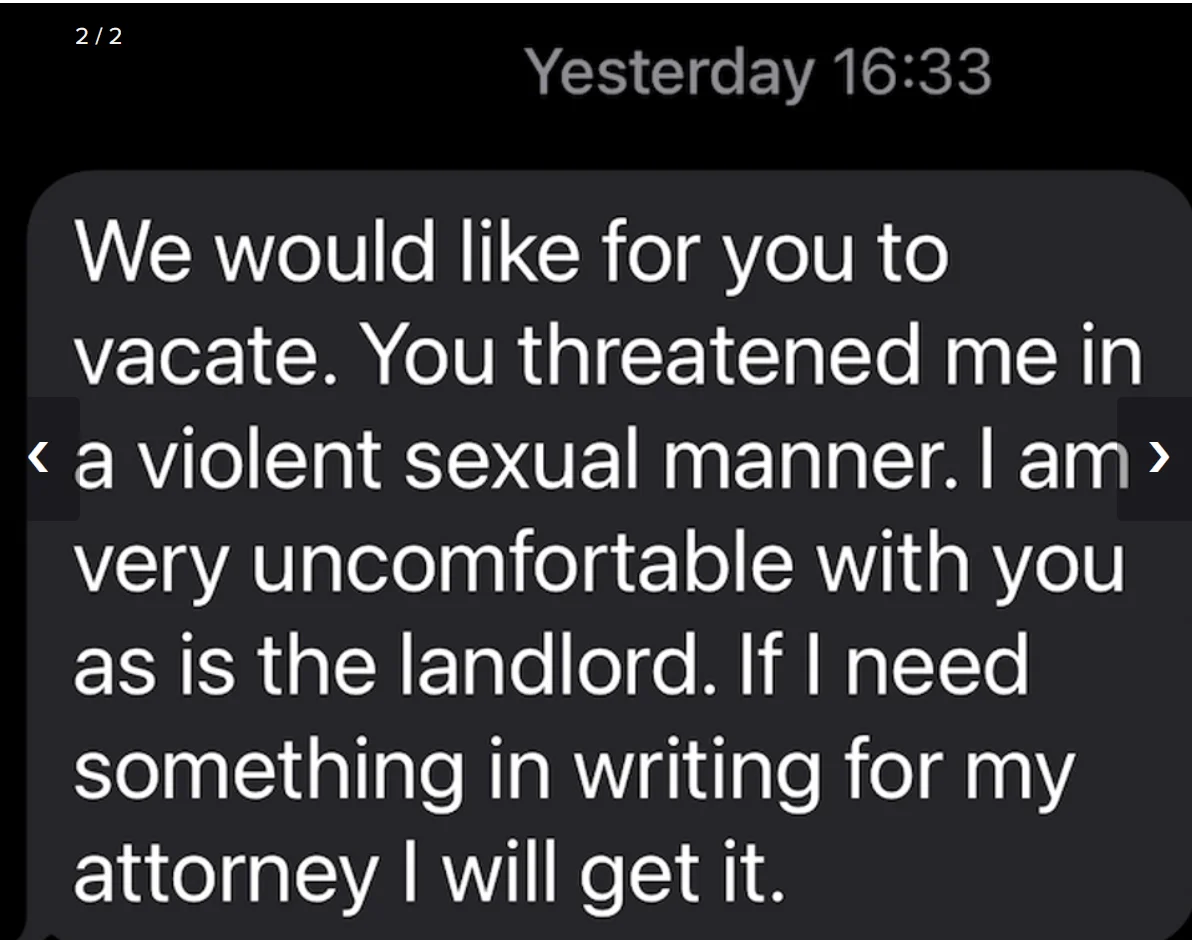- Report: #571189
Complaint Review: Interiors Exteriors - Colorado Springs Colorado
Interiors Exteriors Interiors and Exteriors, Interiors/Exteriors Interiors Exteriors does not stand behind their products!!! Colorado Springs, Colorado
I have to let people know about our experience with Teragren flooring and Interiors Exteriors of Colorado Springs. If you are even thinking about putting down hardwood or bamboo over radiant floors in a dry climate, DO NOT DOT IT. We researched flooring for close to 5 months to put down over a radiant system (low temp pex system on the underside of the sub-floor) and got a ton of information - much of it conflicting. In the end, we bought through a local company believing that would give us more recourse should something go wrong. We also went with a pricier product as the Teragren stranded bamboo was guaranteed over radiant floors and looked great.
After a few weeks, the floor began to cup (edges warped up). We thought it might "stabilize" as the local store told us, but it just got worse. When we told Interiors and Exteriors that their Teragren floor was getting bad with extreme cupping and checking (splits in the flooring) they assured us they would stand behind it and told us everything we wanted to hear. After multiple visits and multiple months of run-around and having people form the "distributor" probe and investigate, they "turned down our claim due to the radiant heat being too high". Straight-forward, right?
Here's the problem FIRST - there was cupping before the radiant system was ever turned on as the floor went down in July and the heat did not come on until late September. We noticed the cupping within the first 4 weeks. SECOND - there is checking in flooring pieces that do not have radiant lines connected to the sub floor - the temperature in these rooms is well within specs. THIRD - there is cupping and checking on the extra pieces of flooring we have that were NEVER INSTALLED. Yes, that's right. They never sat on the radiant floor. But the "warranty" was denied because the radiant system was too high.
Even when the distributors and whomever else they brought into this mess spoke about temperature, they didn't know their own specs. They told us the surface of the floor shouildn't be above 80 degrees. The warranty stated 85. Now, I don't know if you've ever tried to heat a home in Colorado with a radiant heat system that functions by heating surfaces, not air, but heating a house with 80 degree of less surface temps when it is 20 below outside is impossible. That's it. Regardless, I tried to keep our floors around the 85 degree level. The temperature taken by the crack team of investigators/sales people had a high reading of 89 degrees which was taken from an area under a rug - which their literature states will br 3 to 4 degrees higher than the rest of the floor.
So what caused the flooring to turn to crud? Humidity. The one item never mentioned when we purchased. The one item that is a bit obvious (living in Colorado, buying for a house in Colorado, and Colorado has LOW HUMIDITY) to retailers, but was never addressed. Homes with radiant heat more often than not do not have central humidity systems as there are no ducts in these homes. The humidity level in the fine print requires 40-60% relative humidity - something that is almost impossible in arid regions without spending 10 grand or more. HAD WE KNOWN THIS, we never would have gone the Teragren bamboo/hardwood route - PERIOD. Buying lacally does not help.
So, after all the time and trouble, the expense of a guaranteed product form a local store that "stands behind their products", after using the special Teragren underlayment that costs 4 TIMES what regular underlayment costs but you have to use it to get the guarantee, after spending $7,000 plus dollars on materials alone, we have a horrible floor. Our sickening loss should be your lesson.
1 Updates & Rebuttals
jbak1972
Port Angeles,Washington,
Good Experience with Indoor Outdoor
#2Consumer Comment
Thu, September 19, 2013
My wife and I designed a custom home eight years ago and had it built by a local builder. We dealt with Indoor/Outdoor exclusively for all of our flooring in the home. My wife and I wanted a bamboo floor because of the hardness in hopes it would hold up better to our large and excitable dog.
During the building process it became apparent that there would have some extra money in the budget due to some cost savings by the contractor that we agreed with. We decided to use the money to install the same "staple-up" type radiant floor heating that the consumer in this report has.
When we brought this to the attention of Interiors/Exteriors they warned us about the potential problems this could cause and recommended that we install an engineered wood product rather than a solid wood as it would better stand up to the stresses radiant heat would subject it to. It was further recommended that the flooring be glued down instead of floated.
As an additional safeguard we placed the floor area with the wood installed above in it's own heating zone with a separate thermostat to ensure we would be able to sufficiently heat the house without having to worry about exceeding the surface temperature limits from the manufacturer.
In addition to the separate zone we made sure to never turn the thermostat above 80 degrees as 85 degrees was the maximum surface temperature. I would like to point out that the manufacturers do not exceed temperature is specified as the surface temperature of the flooring itself, and not the temperature set on a thermostat. The temperature set on the thermostat is a request to the heating system, not a limit to how hot the floor surface will get.
If the records indicate that this consumer called in a complaint about the flooring cupping prior to the heating system being used I am forced to disagree with the conclusion that the floor was overheated. Although this consumer admits to setting the thermostat at a temperature that would have with certainty raised the surface temperature of the flooring to well above 85 degrees.
I have been employed in the fine woodwork industry for a decade and it is very apparent to me that the real cause of this problem was the inability of the consumer to provide the environmental specification required by the manufacturer. The first thing I did on reading this report was to glance at the installation guidelines for the product and it clearly states the relative humidity that must be maintained. Since it was installed in July and historically the June/July timeframe are the driest months it makes sense.
























